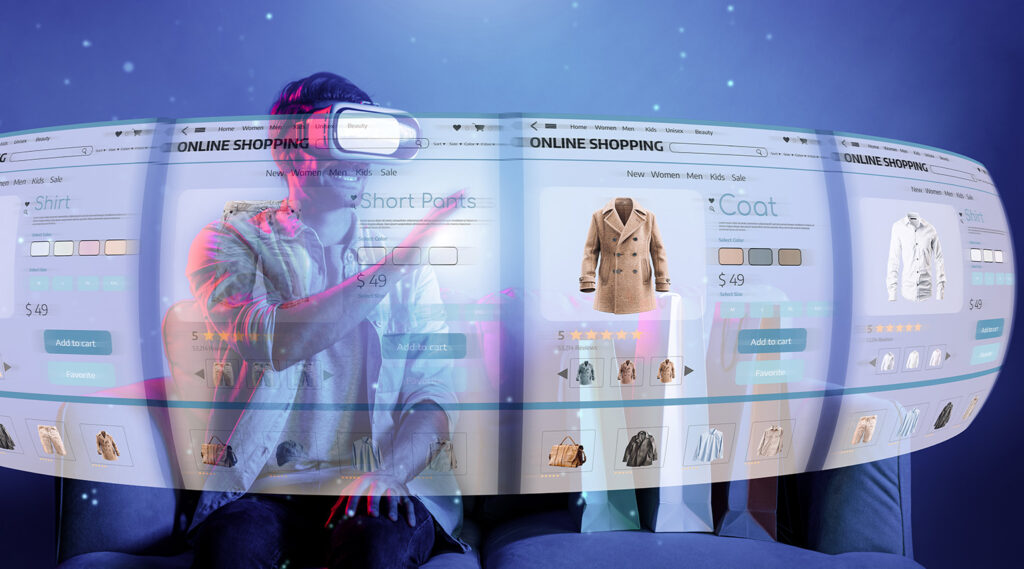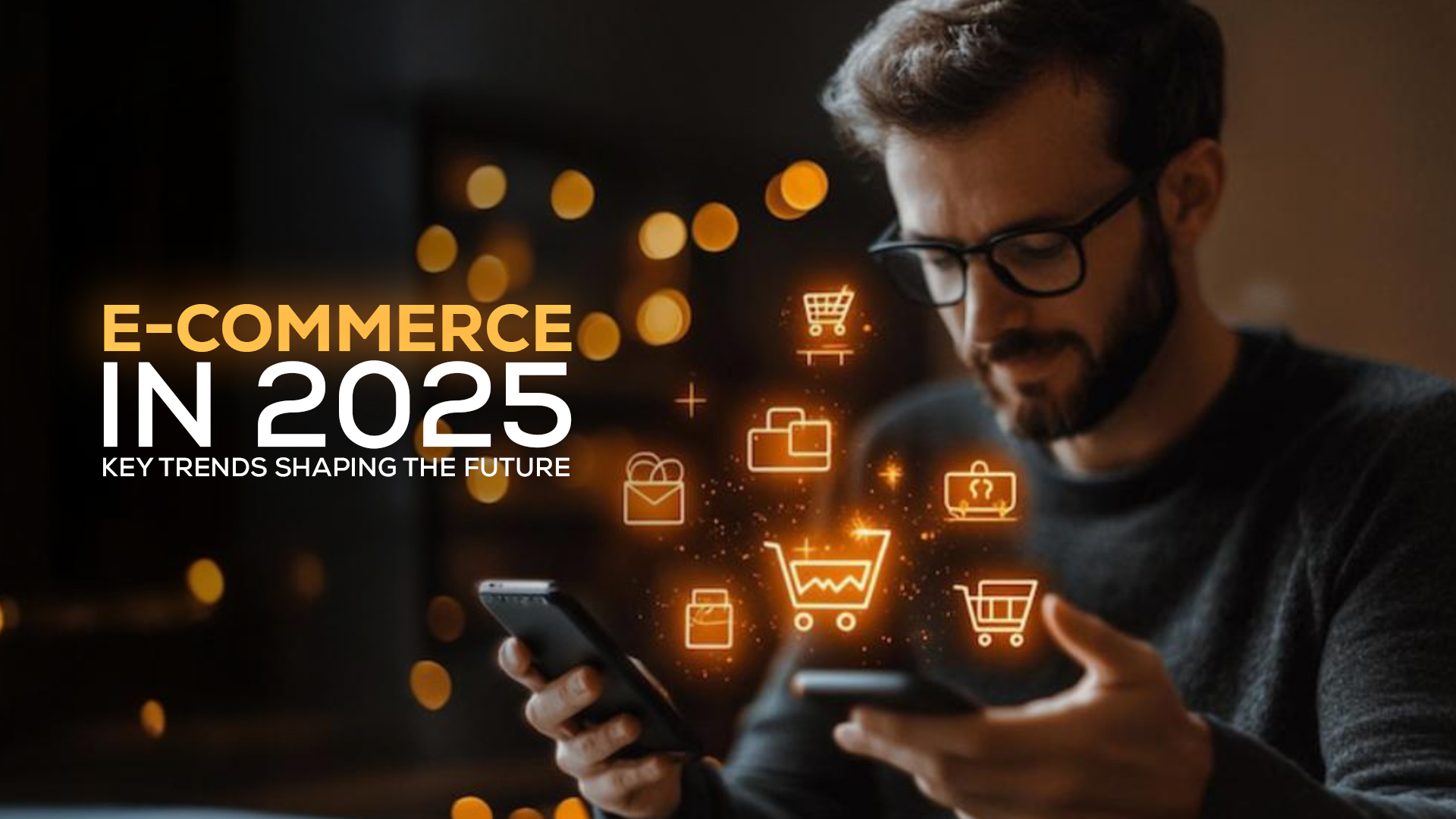Future of E-Commerce in 2025: From AI Chatbots to Drone Delivery
The world of online shopping is evolving faster than ever. With artificial intelligence, automation, and new delivery technologies reshaping customer expectations, the future of e-commerce in 2025 promises faster, smarter, and more personalized experiences. Businesses that embrace these innovations will stay ahead, while those that resist risk falling behind.

The Evolution of E-Commerce
E-commerce has come a long way from simple online stores. In 2025, it’s a complete digital ecosystem powered by AI-driven personalization, smart logistics, and instant support.
Consumers expect more convenience, faster delivery, and tailored recommendations — and technology is making that possible.
Key Trends Shaping E-Commerce in 2025
1. AI Chatbots and Virtual Assistants
AI chatbots are revolutionizing customer interaction. In 2025, they’re not just answering questions — they’re predicting needs, suggesting products, and guiding users through personalized journeys.
Modern chatbots now integrate with CRMs and analytics tools, giving businesses deep insights into customer behavior.
2. Drone and Autonomous Deliveries
Drone delivery has moved from concept to reality. E-commerce companies are adopting autonomous delivery systems to reduce logistics time and cost. Customers can receive products within hours, improving satisfaction and retention.
3. Augmented Reality (AR) Shopping
AR allows customers to visualize products in their space before purchase — a huge advantage for furniture, fashion, and home décor brands. This innovation is boosting conversion rates and reducing returns.
4. AI-Driven Product Recommendations
Machine learning algorithms analyze user preferences and behavior to suggest products with remarkable accuracy. Businesses leveraging AI-driven recommendations are seeing higher engagement and average order values.
5. Voice Commerce
Voice assistants like Alexa and Google Assistant are now major e-commerce channels. Shoppers can order products hands-free, making voice search optimization a new priority for digital marketers.

The Role of Data and Personalization
In 2025, data is the core of every e-commerce strategy. Businesses use first-party data to create hyper-personalized campaigns, target repeat customers, and predict future buying behavior.
Advanced analytics tools and Customer Data Platforms (CDPs) help unify data from multiple channels, ensuring a seamless shopping experience.
Sustainability in the Future of E-Commerce
Consumers in 2025 are more environmentally conscious. Brands are focusing on:
- Eco-friendly packaging
- Carbon-neutral shipping
- Local warehousing to cut emissions
Sustainable practices not only help the planet but also strengthen customer loyalty.
How Businesses Can Prepare for the Future
- Adopt AI and automation tools to improve customer support and logistics.
- Optimize websites for voice and mobile search to capture next-gen users.
- Invest in AR and VR technologies for immersive shopping.
- Use CDPs and data analytics for better personalization.
- Embrace sustainable e-commerce strategies to align with consumer values.
By integrating these technologies, businesses can stay competitive and meet evolving consumer demands.
Conclusion
The future of e-commerce in 2025 is defined by innovation, personalization, and speed. From AI chatbots that enhance customer service to drone delivery that redefines logistics, every advancement aims to improve convenience and trust.
Brands that adapt quickly to these emerging technologies will not only meet customer expectations but also shape the next era of online retail.



